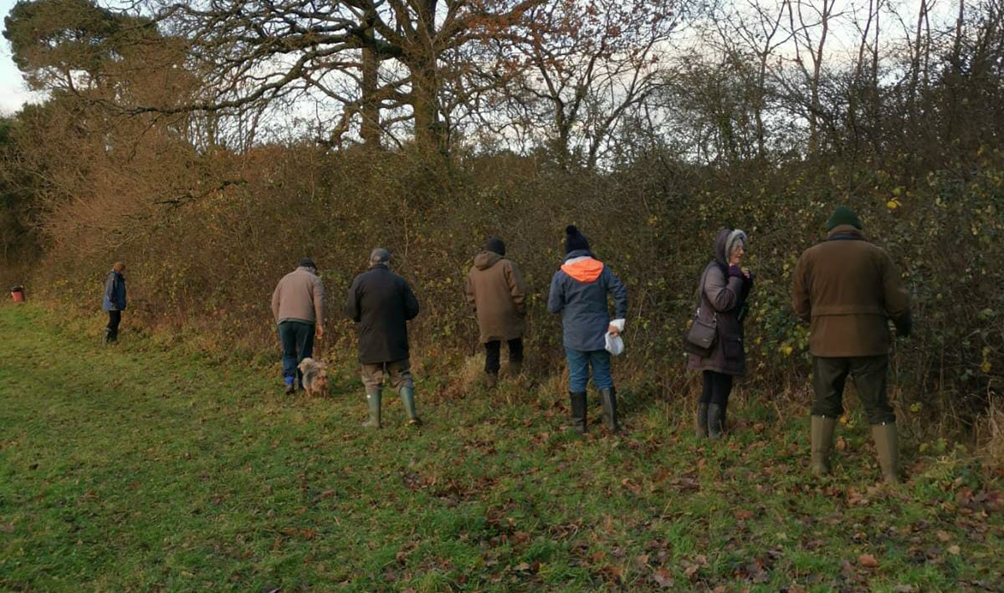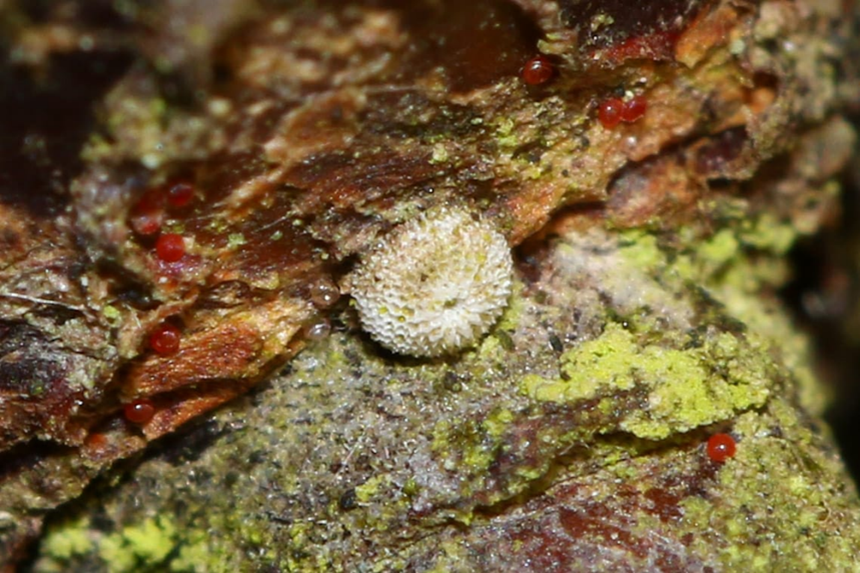
Released On 18th Apr 2024
New site record of butterfly discovered at Chard Reservoir LNR
Volunteer Jeremy Hawes reports on the discovery of Brown Hairstreak butterfly at Chard Reservoir LNR.
A Butterfly Survey was undertaken for the first time in 2023 at Chard Reservoir Local Nature Reserve.
A small group of enthusiasts, some experienced, some novices, met every week from April to September to monitor six transects across the reserve which covers a range of habitat from unimproved wildflower meadows to ancient hedgerows, mixed native woodland to streams and open water-side locations. In such a varied environment they were pleased to find some 21 species of butterfly through the course of the spring and summer from occasional small coppers, blues and skippers to glorious silver-washed fritillaries, from the usual range of whites and yellows to the more common aristocrats and inevitably large numbers of meadow browns and gatekeepers in mid-summer.
During the Survey they did not spot any Brown Hairstreaks. The configuration of thick hedgerows dominated by blackthorn and backed by tall oaks, surviving ashes and other mature trees promised the ideal environment for these south-western butterflies yet, however much we scanned the tree-tops through our binoculars over the months, not one did we glimpse. The more experienced butterfly surveyors felt that this was not only disappointing but downright strange, so we resolved to meet up again after the end of the survey period and look for their eggs which might suggest that the elusive butterflies themselves were present but just not observed. When it comes to laying their eggs, we were aware that Brown Hairstreaks are particularly fond of waist-to-shoulder high blackthorn suckers extending out in front of established hedgerows, of which there was an abundance on a couple of the transects. They appear to favour in particular those young sloes which receive a good deal of sunlight (i.e. not northerly facing) and are in sheltered positions.
In December we regathered to take a closer look at these blackthorn bushes and were fortunate to discover single and double egg-laying spots. It appears that Brown Hairstreaks like to lay their eggs on the underside of the blackthorn shoots just around the point where a thorn or a branch or even just a small bud is located.
 Photo by Kevin Harris
Photo by Kevin Harris
It takes a while to find the small white eggs as they are really tiny (c.1mm in diameter) and well-hidden but once you have your eye in they become easier to locate against the dark wood of the blackthorn. Viewed through a magnifying glass or blown up from a macro-lens photo or even a phone camera their delicate urchin-like beauty is revealed. December is an ideal time to look for Brown Hairstreaks eggs before the growth of new leaves makes finding them even more difficult.
Now we know that they are there we will be scanning the tree canopy all the more assiduously in the 2024 butterfly survey for adult Brown Hairstreaks and hoping for better luck than we had last year!
UKBMS Brown Hairstreak Surveys
The volunteers at Chard Reservoir were in their first year of surveying and sensibly opted for an informal survey to get their eye in and hone their skills. If you have Brown Hairstreak or even suitable habitat at your site, you can support the dataset for this species by carrying out a formal UKBMS Brown Hairstreak Egg Count. Brown Hairstreak is seen too infrequently on butterfly transects to make adult counts a best-practice measure of abundance, having additional egg count data will help produce unbiased trends in the abundance of the species at the country-level and UK scale.


